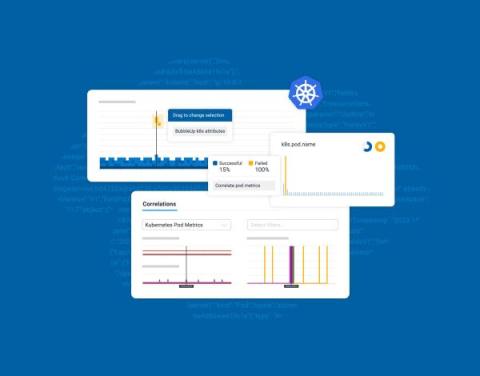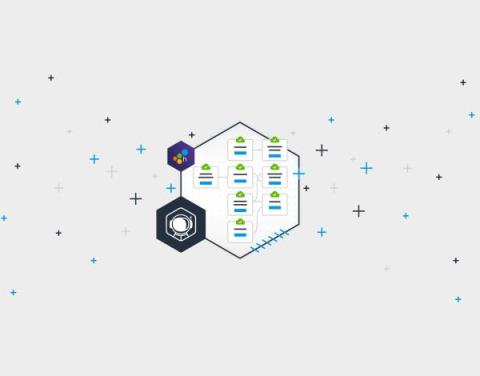From Oops to Ops: SLOs Get Budget Rate Alerts
As someone living the Honeycomb ops life for a while, SLOs have been the bread and butter of our most critical and useful alerting. However, they had severe, long-standing limitations. In this post, I will describe these limitations, and how our brand new feature, budget rate alerts, addresses them. We usually don’t have SREs writing product announcements, but I’m so excited about this one that I said, “Screw it, I’m doing it!”











